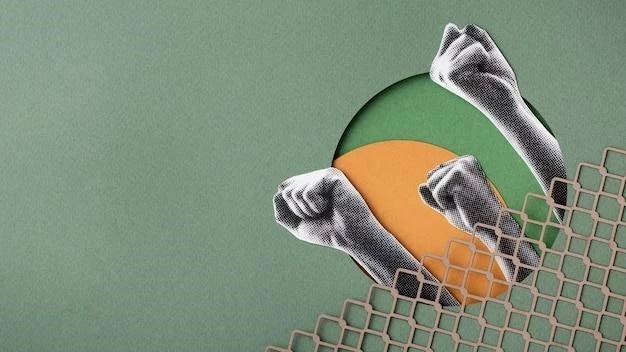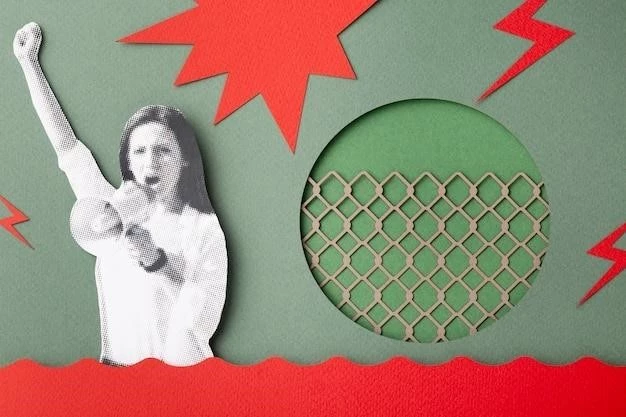Government and the Arts: A Personal Perspective on Funding and Censorship
As an artist named Alex‚ I’ve always been fascinated by the intricate dance between art and authority. It’s a relationship as old as time itself – rulers commissioning grand statues‚ churches adorned with awe-inspiring frescoes‚ music used to stir patriotic fervor. But this relationship has a darker side too – censorship‚ defunding‚ and the silencing of dissenting voices. Having navigated this complex landscape for years‚ I want to share my personal experiences and insights into the world of government funding and censorship in the arts.
The Allure and Anxiety of Public Funding
Early in my career‚ I‚ like many artists‚ grappled with the eternal question of financial stability. The allure of a grant‚ that magical injection of funds that could allow me to focus solely on my craft‚ was intoxicating. I spent countless hours researching‚ writing proposals‚ and tailoring my vision to fit the rigid criteria of various funding bodies‚ many of which were government-backed.
I remember the thrill of receiving my first grant. It felt like validation‚ a recognition of my artistic merit by the powers that be. But this elation was soon tempered by a sobering realization – this money came with strings attached. Suddenly‚ I was hyper-aware of every brushstroke‚ every word‚ every note. Was I pushing boundaries enough to justify the grant‚ but not so much as to alienate those holding the purse strings?
This internal struggle is not unique to me. Countless artists grapple with the implicit pressure of public funding. It’s a double-edged sword. On one hand‚ it can be a lifeline‚ providing resources that would be otherwise unattainable. On the other hand‚ it can lead to self-censorship‚ a stifling of creativity for fear of jeopardizing future funding.
The Chilling Effect of Censorship
While I have been fortunate enough not to experience outright censorship‚ I have witnessed firsthand its chilling effect on the artistic community. I recall a fellow artist‚ a bold and provocative sculptor named Maria‚ whose work often challenged societal norms. She had been invited to participate in a prestigious government-funded exhibition. However‚ weeks before the opening‚ her piece‚ a powerful commentary on social injustice‚ was deemed “too controversial” and pulled from the show.
The impact on Maria was profound. It wasn’t just the lost opportunity‚ but the sense of being silenced‚ of having her voice deemed unworthy of a platform. This incident sent ripples through the artistic community‚ creating an atmosphere of caution and self-censorship. It made many of us question – what unspoken lines were we not supposed to cross? Was true artistic freedom even possible within the confines of government support?

Navigating the Tightrope
So‚ how do we‚ as artists‚ navigate this precarious tightrope between financial support and creative freedom? It’s a question with no easy answers.
For me‚ it has been a process of finding my own balance. I’ve learned to seek out funding sources and opportunities that align with my artistic vision‚ even if they offer less financial security. I’ve also come to realize the importance of open dialogue and collaboration within the artistic community. Sharing our experiences‚ supporting each other‚ and collectively challenging censorship attempts are crucial in safeguarding artistic freedom.

The Bigger Picture: Art’s Role in a Free Society
The debate surrounding government funding and censorship in the arts is not merely an academic exercise. It goes to the heart of what kind of society we want to live in. Art‚ in its many forms‚ holds a mirror to our world‚ reflecting its beauty‚ its ugliness‚ and everything in between. It has the power to comfort the disturbed and disturb the comfortable‚ to spark dialogue‚ challenge assumptions‚ and inspire change.
When governments use funding as leverage to control artistic expression‚ they stifle dissent‚ limit critical thinking‚ and ultimately‚ diminish us all. It is imperative that we‚ as citizens‚ engage in this debate‚ advocate for artistic freedom‚ and support artists who dare to push boundaries and challenge the status quo.
A Call to Action
Here are some ways we can all contribute to a more vibrant and free artistic landscape:
- Support independent artists and arts organizations. Attend their shows‚ purchase their work‚ and amplify their voices.
- Engage in open and respectful dialogue about art and its role in society. Don’t shy away from difficult conversations.
- Hold elected officials accountable for protecting artistic freedom. Let them know that censorship is unacceptable.
- Educate yourself and others about the importance of the First Amendment and freedom of expression.
The relationship between government and the arts will always be complex. But by remaining vigilant‚ engaged‚ and committed to open expression‚ we can help ensure that art continues to flourish‚ challenge‚ and inspire for generations to come.










